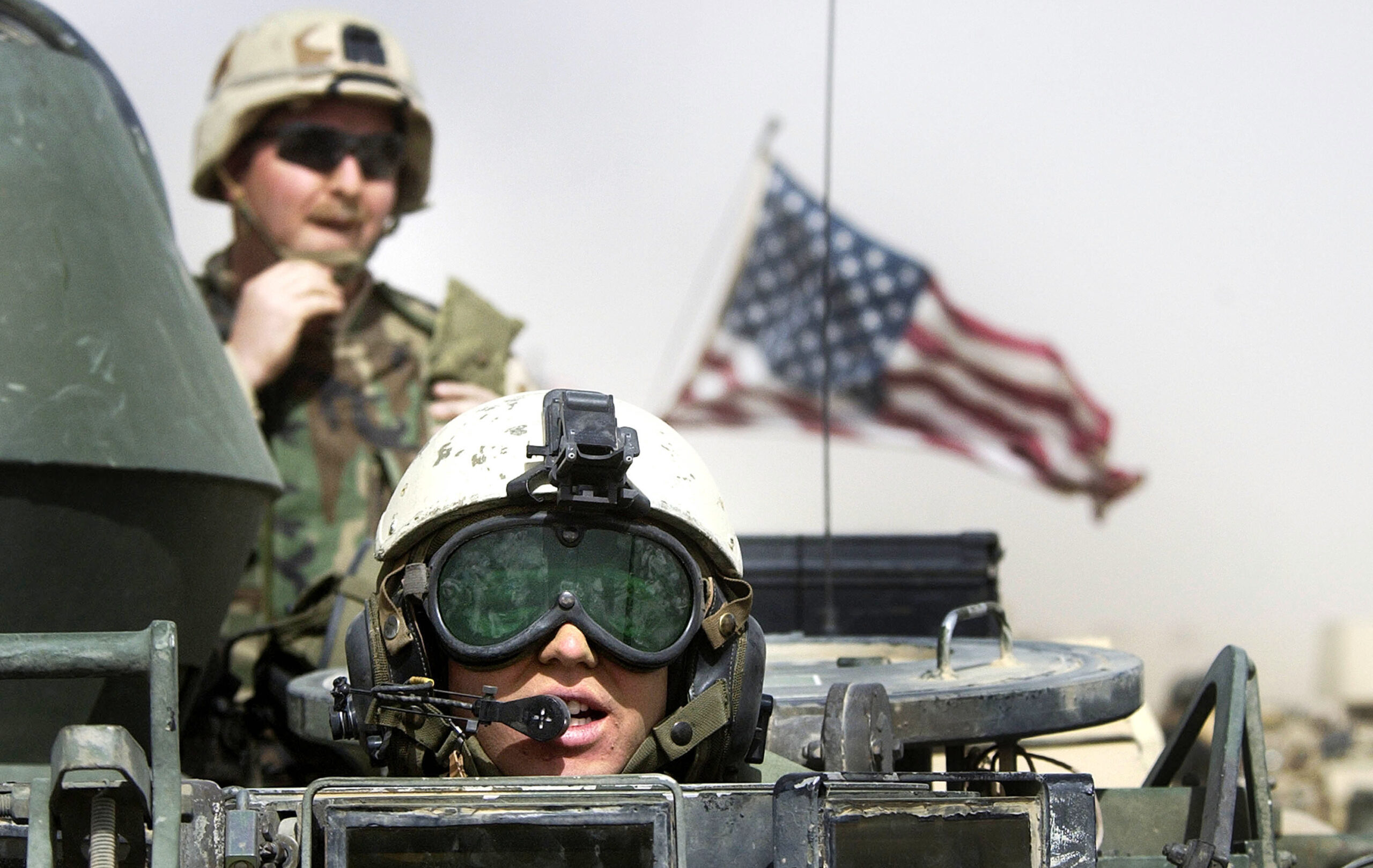A Good Start, but There’s More to Do
State of the Union: The new Heritage Project 2025 manifesto evinces promising signs of change in the foreign policy consensus.

The Heritage Foundation’s formidable Project 2025 manifesto, also known as the Presidential Transition Project, is out. Its purpose is to shape the policy of a future conservative administration. It is divided into various topics, with entire chapters focussed on subjects—for example, agriculture—or on departments, such as State and Defense. I haven’t had a chance to read through the entire project, but the chapter on State, written by Kiron Skinner, the former director of policy planning at the State Department, had a few interesting observations.
The chapter rightly mentions that Europe is a phenomenally wealthy continent, and should naturally be expected to pay for its own defense, and that the United States cannot be expected to provide a free defense umbrella. At stake after 2024 will be examining the status of the Wales Pledge, which obliges NATO members to put 2 percent of gross domestic product toward defense. Per Skinner, the new administration will want to encourage nations even to exceed that pledge. She also hints that American diplomacy must exploit the inter-E.U. rift between Eastern and Western Europe.
On Russia, the chapter highlights a return to realism and the backlash that is generated from entrenched interests:
One school of conservative thought holds that as Moscow’s illegal war of aggression against Ukraine drags on, Russia presents major challenges to U.S. interests, as well as to peace, stability, and the post-Cold War security order in Europe. This viewpoint argues for continued U.S. involvement, including military aid, economic aid, and the presence of NATO and U.S. troops if necessary. The end goal of the conflict must be the defeat of Russian President Vladimir Putin and a return to pre-invasion border lines. Another school of conservative thought denies that U.S. Ukrainian support is in the national security interest of America at all. Ukraine is not a member of the NATO alliance and is one of the most corrupt nations in the region. European nations directly affected by the conflict should aid in the defense of Ukraine, but the U.S. should not continue its involvement. This viewpoint calls for a swift end to the conflict through a negotiated settlement between Ukraine and Russia.
The chapter then proceeds to argue that American aid to Ukraine must be compensated by Europeans and be tethered to America’s self-interest, which includes acknowledging that China is a far bigger problem.
Revealed preferences, well, reveal. The most interesting part in the chapter is not the policy per se, but the position of “Europe” as a region. Russia as a topic of discussion arrives after China, Iran, and even Venezuela. Europe as a theater of priority is placed after sub-Saharan Africa.
None of that is new, or incorrect. Europe is a rich continent, and by every measure is capable of providing for its own security. The real reason Europe never pulls its weight is because there is no single coherent Europe, with definite borders and narrow interests. Simply encouraging Europeans to shell out for their defense doesn’t work without a definite threat of American retrenchment behind it. Western Europeans are perfectly fine with “buck-passing” their burdens to America, and Eastern Europeans are perfectly fine to “chain-gang” America to any great power war in order to work out their petty personal ethnic rivalries, the sort of conflict that George Washington explicitly warned against in his Farewell Address. The two are complementary and only happen because our national security elites are influenced by European lobbying and are beholden to a dead grand-strategy.
Subscribe Today
Get daily emails in your inbox
Likewise, the fact that Russia was an elevated threat was evident in the last year, as Moscow is now relegated from the rank of major powers with any proper say in the European balance. The question of whether Russian adventurism affects greater global geopolitics is debatable, but the fact that Russia is in itself not a major threat to American preponderance or NATO deterrence has been proven beyond dispute, evident from Russia’s own performance and limited scope of operations. There are no Russian navy threats to the English Channel or Atlantic, nor will there be any Russian tanks rushing through Belgium and the Low Countries anytime soon.
When the former deputy secretary general of NATO and the former president of CFR both argue for a new American strategy to seek a negotiated settlement over Ukraine and lower nuclear tensions with Russia to focus on higher priorities, the debate has become practically bipartisan—in other words, it is over. The realists have won the debate, even if the policy has not been adopted due to ideological interests within the national security community and the president’s inner advisory circle.
It is, however, time to move further toward genuine conservative realism. Some members of Congress have already highlighted how the realist side of the argument is winning. A policy brief is not an academic paper, and it is understandably simple, targeted toward those in Congress not inclined to read details. It also needs to appeal broadly; therefore, it must at least mention both sides of the debate, no matter what the evidence starkly indicates. In this respect, the brief is a testament to how far things have moved in the last decade or so.